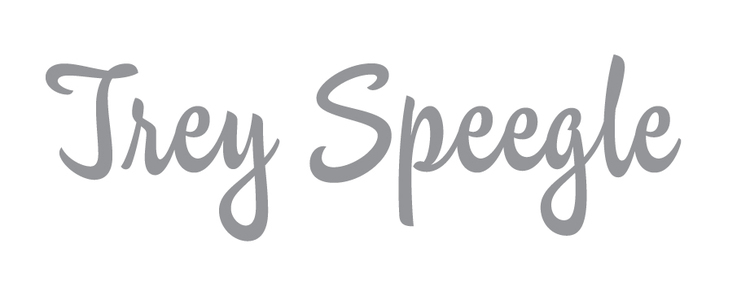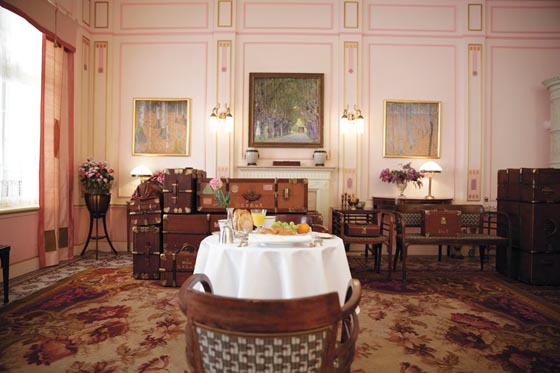A complex visual language is Wes Anderson’s calling card. With his eye, set design becomes both a storytelling device and character cue. His private house, so far, is off limits,Apartamento magazine follows the the art of his set design: submarines, intricate brownstones ands vintage color schemes are his stock-in-trade Apartamento’s Editor-in-Chief Marco Velardi says;
“You could compare Wes Anderson to an interior decorator. I always say that a picture of someone’s home tells you a lot more about that person than any portrait possibly can. I imagine in a movie the time you have to describe a character is limited, so using the interiors to do so probably becomes something of a necessity. Ultimately, if you look at his work there are a lot of interiors, with very peculiar and very precise work on the spaces and what people wear. Wes is passionate about every single detail, and that’s why it’s fascinating for us. ”
It sort of seems unfair not to mention his production designer here,David Wasco, Adam Stockhausen and others. My ex was an art director and production designer for film (Igby Goes Down, Made) and if I only mentioned the director, it'd be unfair to his collaborators. Having said that, the film is the vision of the director and this is where the eye comes from. The common denominator in all of Anderson's films, is obviously Anderson himself.
The Grand Budapest Hotel, 2014, 1960s lobby
Madame D’s suite from The Grand Budapest Hotel, 2014
“Fox Home Study,” illustration by Turlo Griffin for Fantastic Mr. Fox, 2009
Fantastic Mr. Fox, 2009. “Fox Home Study,” llustration by Turlo Griffin
The Life Aquatic, 2004
The Darjeeling Limited, 2007
Natalie Portman, The Darjeeling Limited, 2007
(via Nowness)








